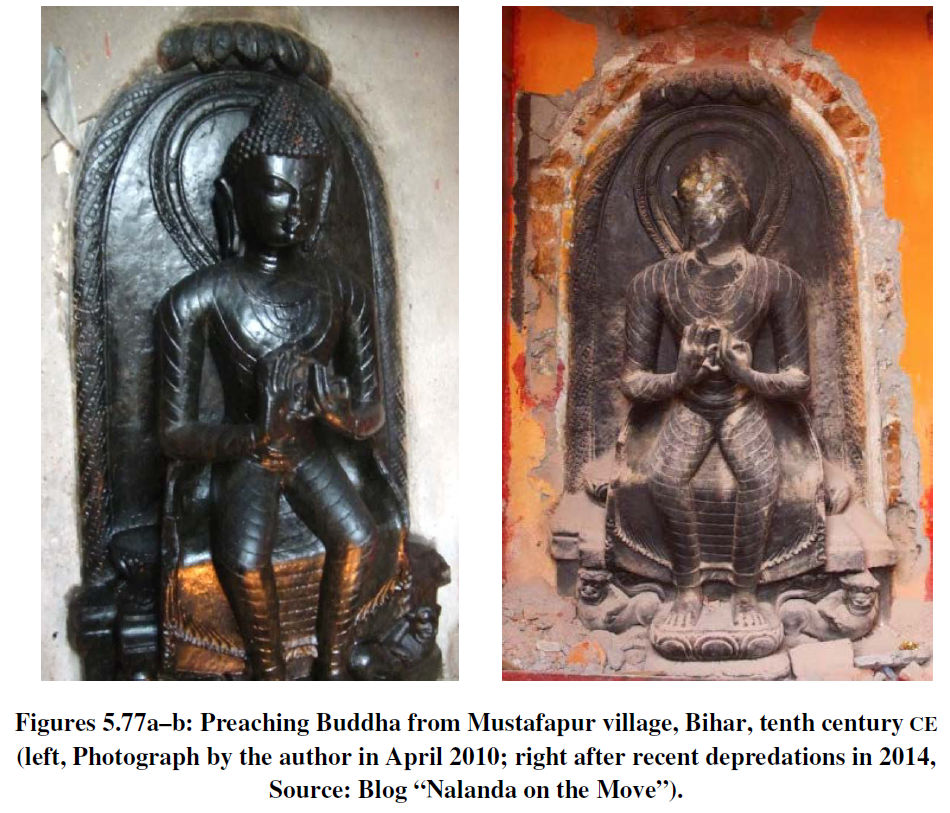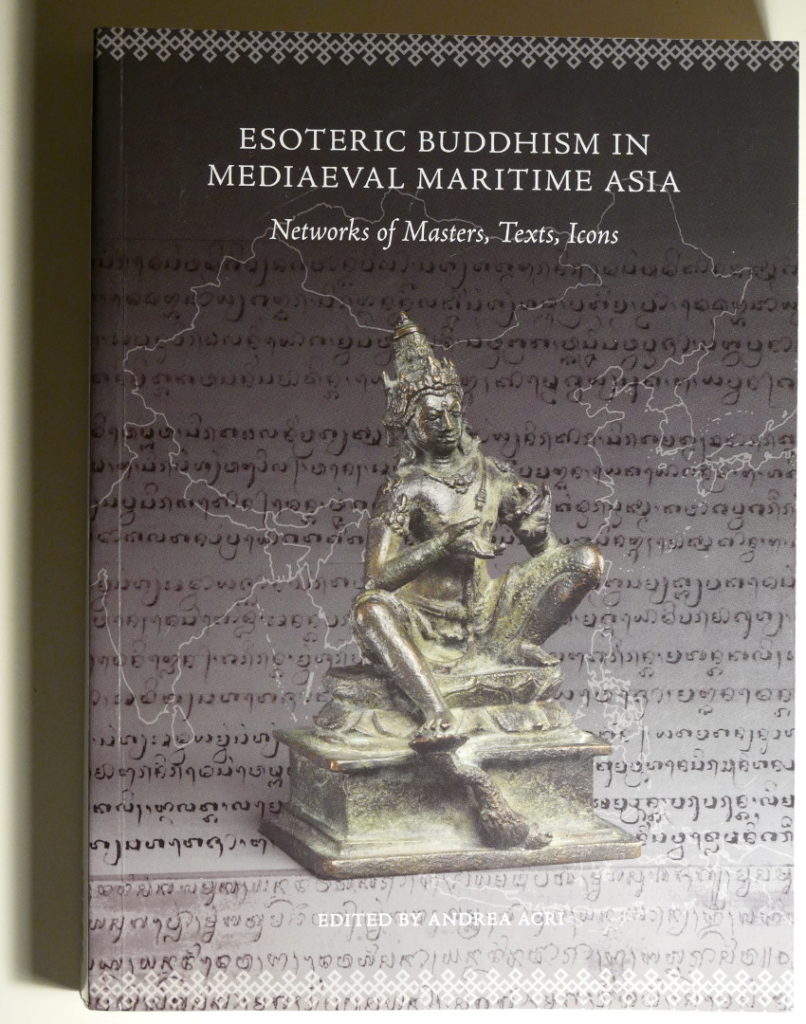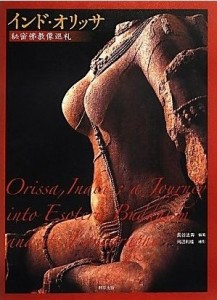Nicolas Revire. 2016. ‘The Enthroned Buddha in Majesty: An Iconological Study’. PhD diss. (Religions), Université Sorbonne Paris Cité. 2 vols., 410+299 pp. HAL ID: <tel-01552082>. [PDFs: vol.1, vol.2] [author: academia.edu]

From the Abstract: This dissertation consists of a detailed study of a particular representation of the Buddha, in which he sits on a prominent throne, i.e. a bhadrapīṭha or bhadrāsana, in a majestic posture with two legs pendant, that is, in bhadrāsana or the “auspicious pose.” This pendant-legged imagery, generally associated with a throne, has been found widely depicted in ancient religious art associated with early urban complexes and is, as a rule, mostly associated with kingship, fertility, and even divinity. […] Continue reading “Revire (2016), The Enthroned Buddha”




